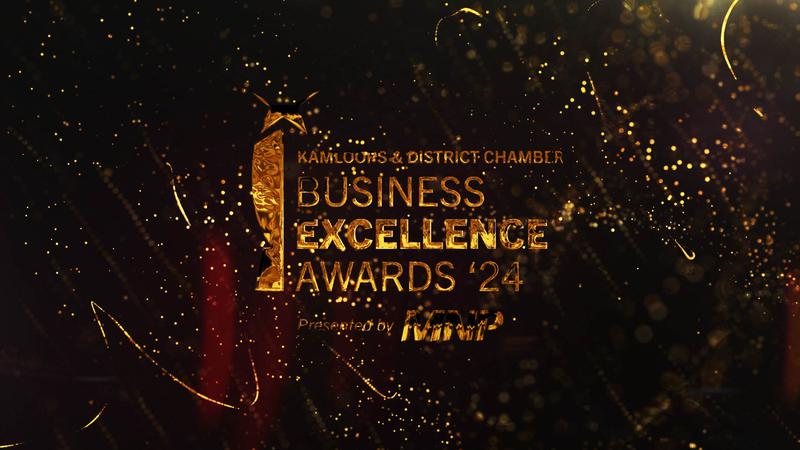
SOUND OFF: The common goal of wildfire protection
MLA ROLY RUSSELL RECENTLY WROTE A SOUND OFF entitled “Reducing wildfire risk”. This is a common goal supported by the majority of British Columbians. I agree this government has taken good steps by investing in wildfire initiatives. However, I disagree that these actions alone will be enough. I also disagree with the government’s approach in measuring results in dollars spent rather than actual results.
Let’s start with the move to full-time, year-round wildfire firefighters. This is a good move – it could result in more experienced firefighters staying on the fireline rather than moving into an office. However, this government promotes it as a move to proactive wildfire management. It’s not. Proactive wildfire management involves many things – modified response to wildfires, thinning of forests and prescribed burning. This was detailed in the Wildfire Service’s 2010 Wildland Fire Management Strategy. Employing year-round firefighters isn’t proactive management; it’s a move to year-round firefighters.
The majority of press releases from this government focus on dollars, not results. Yes, budget commitments are needed and should be encouraged. However, results matter. What we primarily care about are impacts to people. How many lives were lost? How many homes burned to the ground? People evacuated? Not to mention the post-wildfire impacts of flooding, debris flows, timber harvest reductions and ecological impacts.
These impacts are harder to measure. It’s also challenging as climate change will make future seasons worse – likely worse than 2017, 2018 or 2021. And there’s an element of chance. A wildfire may burn where people live or it may not. Our actions will make a difference, but it’s hard to measure exactly how much. These factors make it challenging to measure how much impact our actions have on people’s lives.


